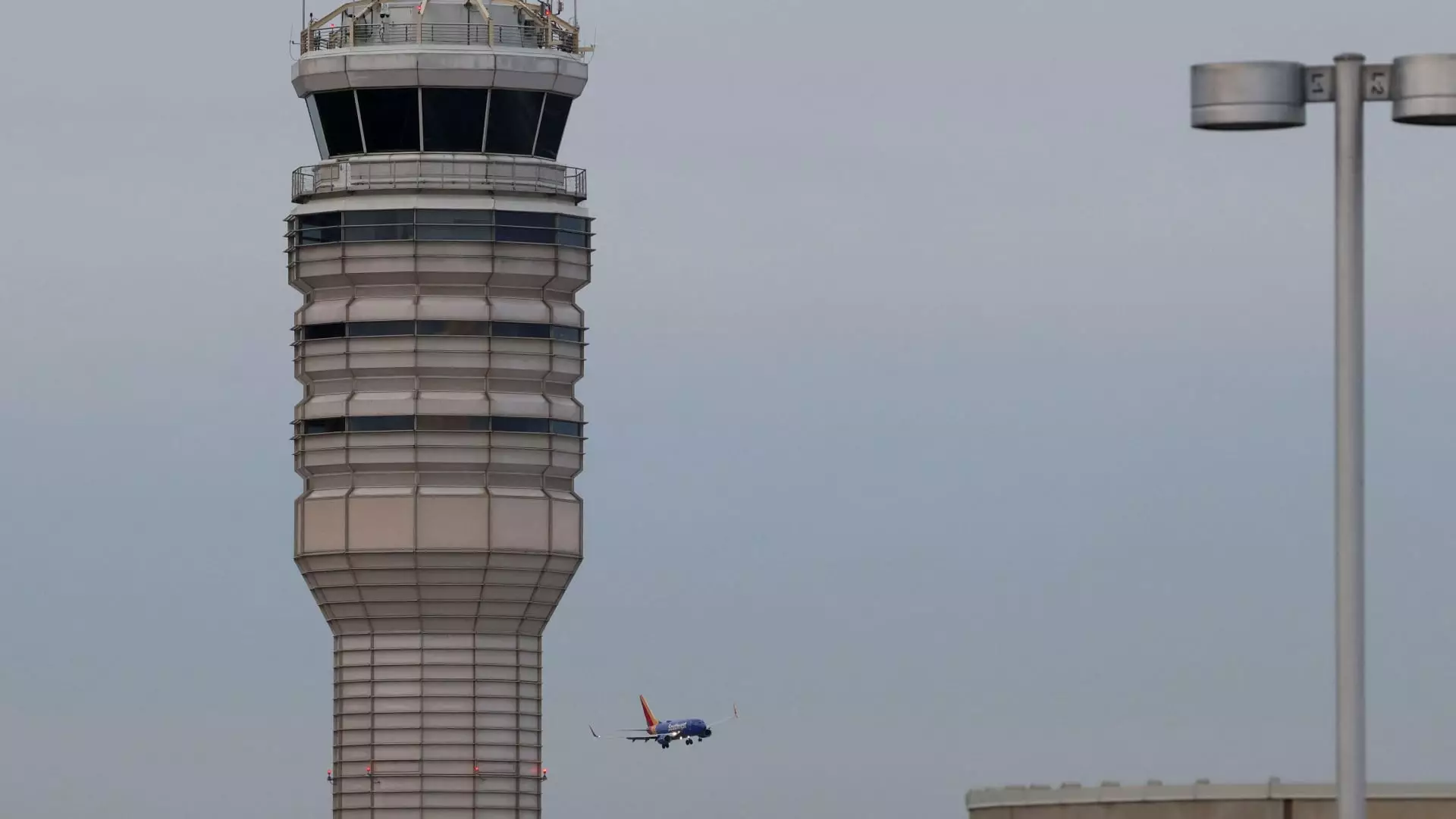In a tragic turn of events, a fatal collision occurred between an Army Black Hawk helicopter and an American Airlines jetliner, prompting immediate governmental action to enhance airspace safety around Ronald Reagan Washington National Airport. This incident, which led to the loss of all 67 lives aboard both aircraft, marks a somber milestone—the first deadly commercial aviation crash in the United States in over fifteen years. Secretary of Transportation Sean Duffy’s announcement of new restrictions for helicopter operations signifies a crucial step towards improving the safety of the nation’s airspaces, demonstrating the federal commitment to restoring public trust in aviation safety.
The new regulations implemented by the Federal Aviation Administration (FAA) delineate specific zones around the airport where helicopter traffic will be curtailed significantly. According to Duffy, these areas range from Memorial Bridge to South Capitol Street Bridge, excluding the Tidal Basin, and from Haines Point to the Wilson Bridge, effectively encompassing crucial airspace above the airport. Duffy’s announcement, shared widely on social media, underscores not only the urgency of the situation but also the need for public assurance in the safety of air travel.
The implications of this decision extend beyond immediate safety measures, representing a broader strategy to minimize air traffic mishaps in one of the busiest aviation corridors in the country. National Transportation Safety Board (NTSB) member Todd Inman highlighted the well-established helicopter flight tracks in Washington, D.C., as crucial for procedural operations. This case has revealed the vulnerabilities that exist even within a seemingly organized system.
In the wake of the crash, investigators are meticulously reviewing various aspects, including the flight altitude of both aircraft and the communication protocols between the army crew and air traffic control. The American Airlines flight involved, a regional CRJ700, was on its final approach from Wichita, Kansas, flying at approximately 300 feet when the catastrophic collision happened. Such an unfortunate incident raises questions regarding the protocols in place for military and commercial aircraft, emphasizing the necessity for seamless communication and coordination.
American Airlines CEO Robert Isom acknowledged the uncertainty surrounding how the military helicopter’s path intersected with the airline’s aircraft. Yet, he expressed gratitude towards President Trump and Secretary Duffy for their swift action. Ensuring the safety of the aviation system is a multifaceted challenge that requires collaboration among military personnel, airline operators, and governing bodies.
This incident serves as a grave reminder of the importance of constant vigilance within the aviation sector. As the investigation unfolds and tighter restrictions are enforced, stakeholders must learn from these tragic events. Not only do these measures aim to prevent future collisions, but they also seek to reassure the flying public that their safety is paramount. The aviation industry, with all its complexities, must now adapt to these new realities to foster an environment where safety is uncompromised, ultimately restoring public confidence in air travel.


Leave a Reply